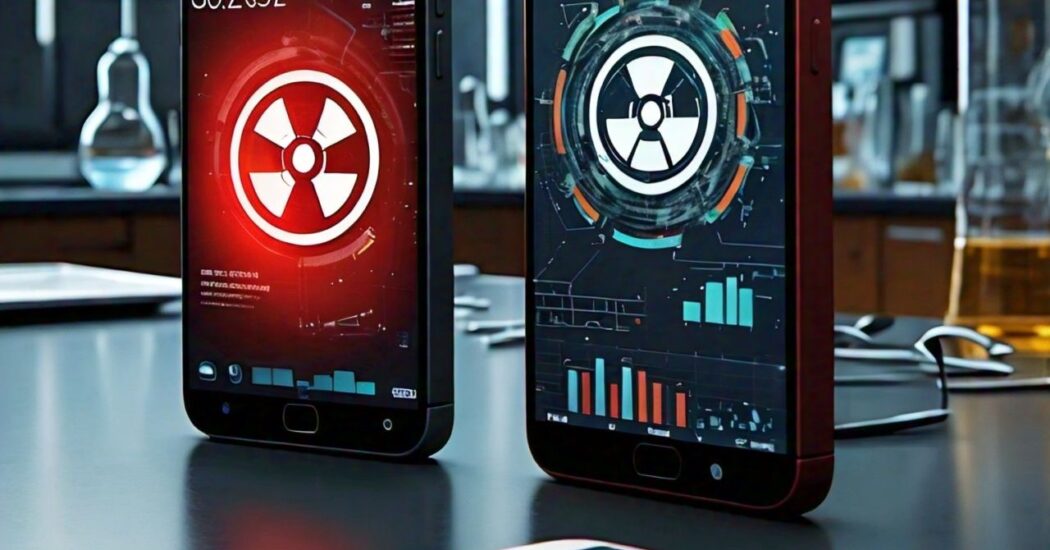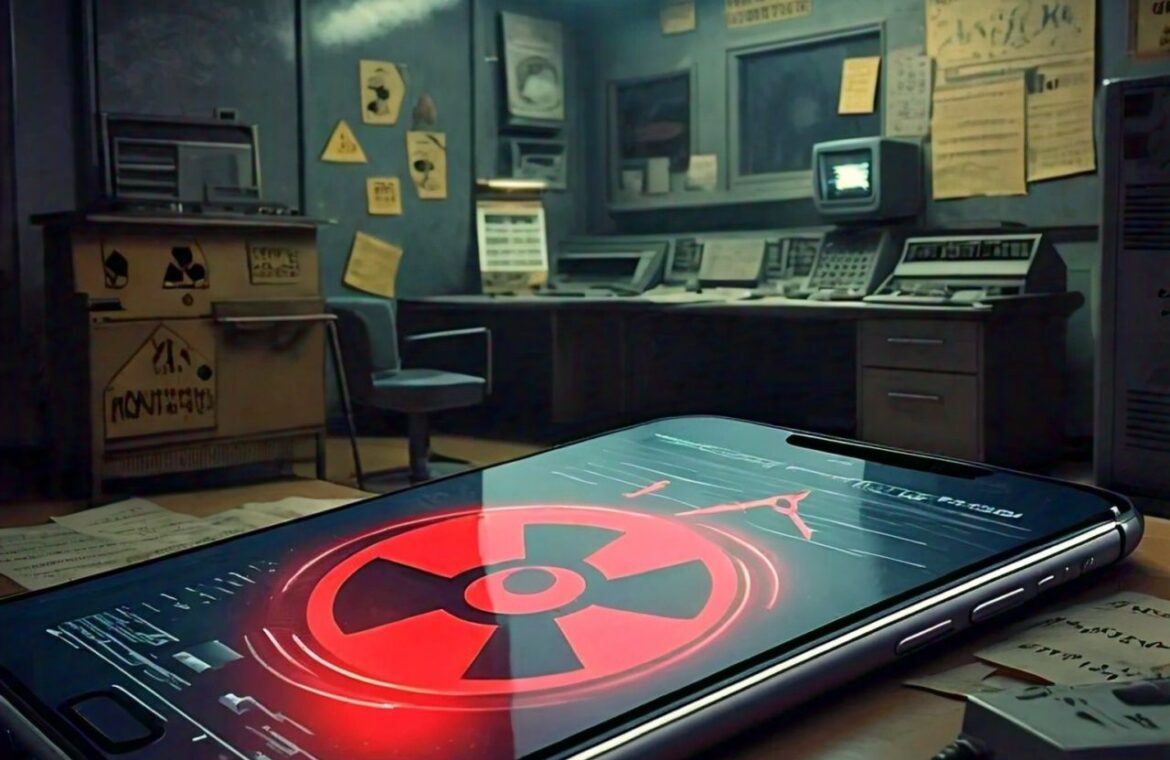As smartphones become indispensable in our daily lives, concerns about the potential health effects of smartphone radiation have garnered significant attention. While these devices offer unparalleled convenience and connectivity, it’s crucial to understand the implications of their electromagnetic emissions. This article delves into the science behind smartphone radiation, its potential health impacts, and the current state of research.
What is Smartphone Radiation?
Smartphones emit radiofrequency (RF) radiation, a type of non-ionizing electromagnetic radiation. This emission occurs during communication with cellular towers, Wi-Fi routers, and Bluetooth devices. Unlike ionizing radiation (such as X-rays), non-ionizing radiation lacks the energy to remove tightly bound electrons from atoms or molecules, meaning it doesn’t cause ionization in human tissue.
Measuring Radiation Exposure: Specific Absorption Rate (SAR)
The Specific Absorption Rate (SAR) is the metric used to quantify the rate at which the human body absorbs RF energy from a smartphone. SAR is measured in watts per kilogram (W/kg). Regulatory agencies, such as the Federal Communications Commission (FCC) in the United States, have set safety limits for SAR values to ensure that smartphones are within safe exposure levels. The FCC limit for public exposure from mobile phones is 1.6 W/kg averaged over 1 gram of tissue.
Potential Health Effects: What Does the Research Say?
The potential health effects of smartphone radiation are the subject of ongoing scientific research and debate. Here are some key points:
Cancer Risk: The International Agency for Research on Cancer (IARC), a part of the World Health Organization (WHO), classified RF radiation as “possibly carcinogenic to humans” (Group 2B) in 2011. This classification indicates limited evidence of an increased risk of cancer from RF radiation. However, more research is needed to draw definitive conclusions.
Brain Health: Studies have explored whether long-term exposure to RF radiation from smartphones affects brain health. Some research suggests a potential link between heavy smartphone use and brain activity changes or cognitive function, but the evidence is not conclusive.
Reproductive Health: Concerns have been raised about the impact of smartphone radiation on male fertility, particularly sperm quality. Some studies have found a correlation between high phone use and reduced sperm motility and viability, but results are mixed and more research is required.
General Health Concerns: There are also concerns about other potential health effects, such as headaches, sleep disturbances, and behavioral changes. The evidence for these effects is less robust and often inconsistent.
Mitigating Exposure: Practical Tips
While the research continues, there are practical steps you can take to reduce your exposure to smartphone radiation:
Use Speakerphone or Earbuds: Keep your phone away from your head by using speakerphone or wired earbuds.
Limit Call Duration: Shorten the duration of phone calls or send text messages instead.
Maintain Distance: Hold your phone away from your body when in use, and avoid carrying it directly against your body.
Use Airplane Mode: Switch to airplane mode when you don’t need network connectivity, especially while sleeping.
Choose Lower SAR Phones: When purchasing a new smartphone, consider the SAR value as one of the factors in your decision.
Regulatory and Safety Standards
Regulatory bodies worldwide, such as the FCC in the United States and the European Committee for Electrotechnical Standardization (CENELEC) in Europe, have established safety standards for RF exposure from mobile devices. Manufacturers are required to ensure that their products comply with these standards, providing a layer of protection for consumers.
The Future of Research

Ongoing research aims to provide clearer insights into the long-term health effects of smartphone radiation. Advances in technology and research methodologies will hopefully address existing gaps in knowledge and contribute to more definitive conclusions.
The current body of scientific evidence on smartphone radiation suggests a cautious approach. While there is no conclusive proof of significant health risks, it is prudent to adopt simple measures to reduce exposure. Staying informed about new research findings and adhering to safety guidelines can help mitigate potential risks. As our reliance on smartphones continues to grow, understanding and managing radiation exposure remains an important aspect of ensuring our long-term health and well-being.
Topics #featured #Smartphone Radiation #trending pakistan




